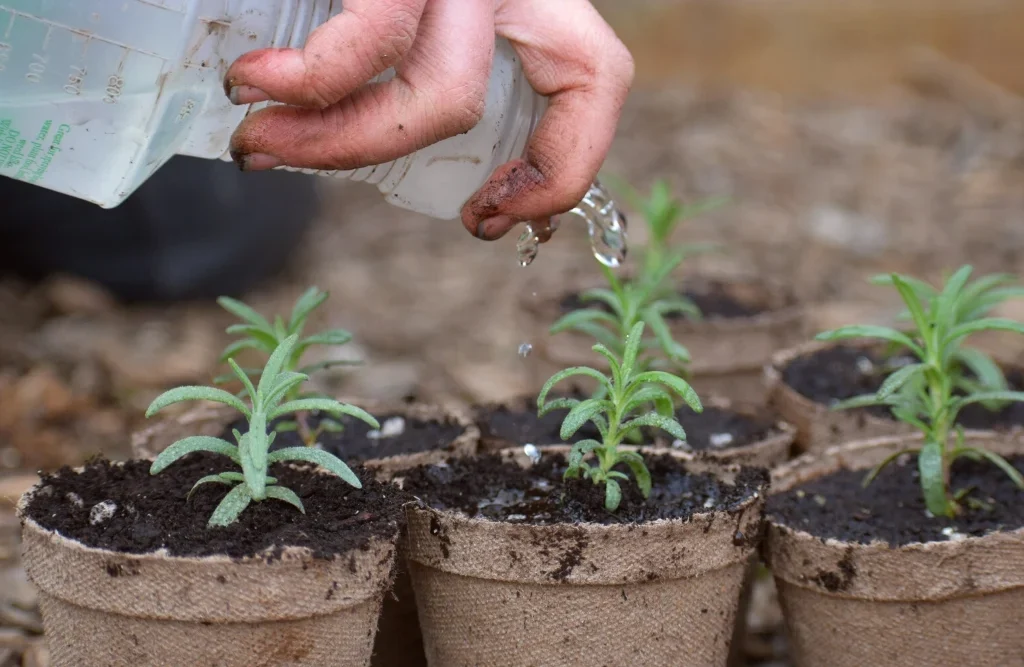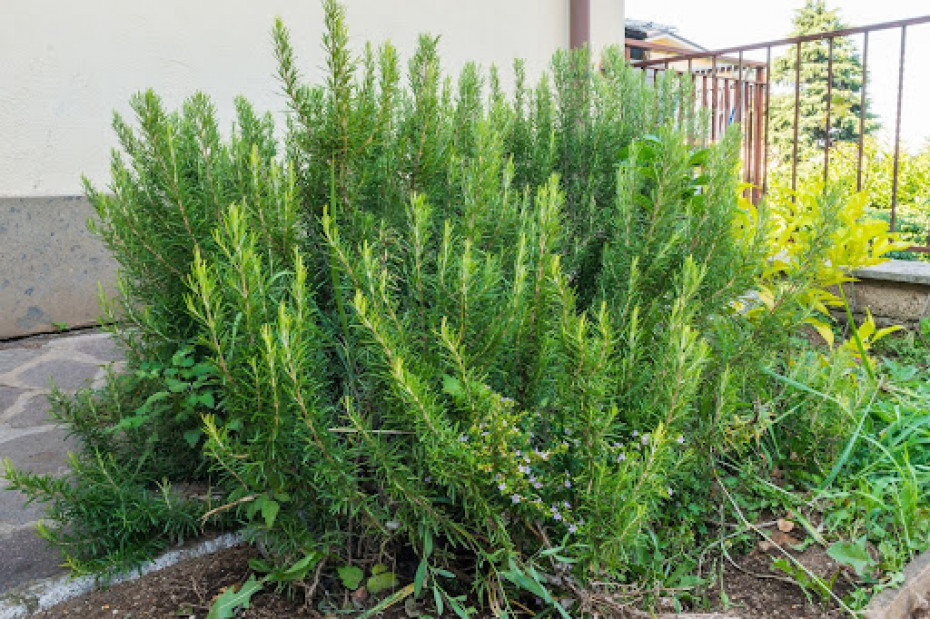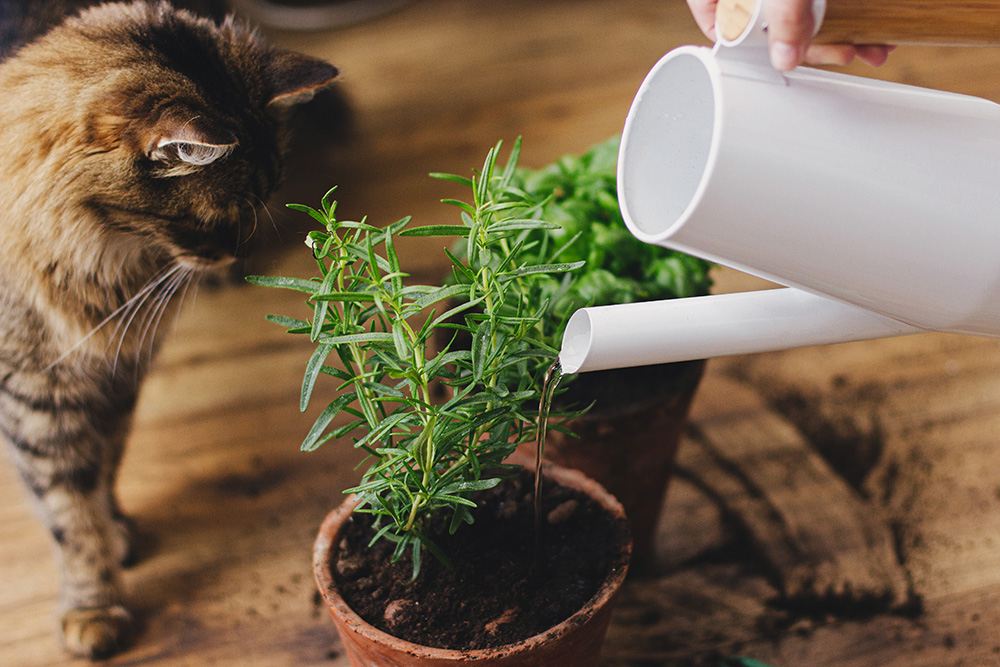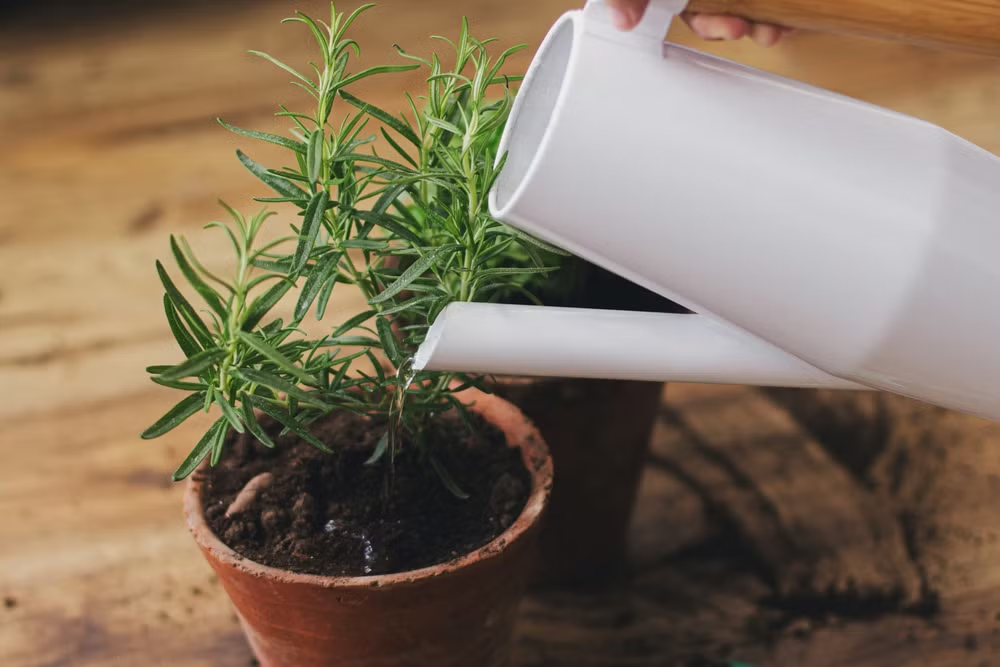Among the most cherished herbs in home gardens and kitchen windowsills, Rosemary (Rosmarinus officinalis) is prized for its fragrant, needle-like leaves, versatile culinary use, and drought-tolerant nature. Native to the rocky, sun-soaked hillsides of the Mediterranean, this evergreen herb thrives in well-draining soil, bright sunlight, and relatively dry conditions.
However, when it comes to watering, even experienced gardeners often ask:
How often should you water a rosemary plant?
In this article, we’ll provide a comprehensive guide to understanding rosemary’s watering needs — from planting to maturity — while discussing the factors that influence watering frequency, signs of over- and underwatering, and the best practices for growing this hardy, aromatic plant successfully.
Understanding Rosemary’s Watering Needs

To water rosemary correctly, it helps to understand where this plant comes from and how it naturally grows.
- Native habitat: Mediterranean coastal regions of southern Europe
- Preferred conditions: Dry, rocky, well-drained soil; abundant sunlight; low humidity
- Drought tolerance: High once established, but moderate watering is necessary during early growth stages
Unlike moisture-loving herbs such as mint or basil, rosemary dislikes consistently wet soil. Its roots can quickly rot in poorly draining, overwatered conditions.
How Often Should You Water a Rosemary Plant?

General Watering Guidelines
- Newly Planted Rosemary:
Water every 3–4 days for the first few weeks after planting until the plant shows signs of new growth and the root system establishes. - Established Rosemary Plants (In-Ground):
Water once every 7–14 days during the growing season, depending on weather and soil conditions. - Potted Rosemary:
Water once every 5–7 days in summer and every 10–14 days in cooler months, as containers dry out faster than garden beds.
Golden Rule:
Allow the top 1–2 inches of soil to dry completely between waterings.
Factors That Influence Rosemary’s Watering Frequency

Several key factors determine how often you should water your rosemary plant:
Climate and Season
- Hot, dry summers increase evaporation and water demand.
- Cool, wet seasons reduce the need for frequent watering.
Tip: In humid or rainy conditions, rosemary requires very little additional water.
Soil Type and Drainage
- Sandy or loamy soil drains quickly, necessitating more frequent watering.
- Clay-heavy or poorly drained soil retains water longer, increasing the risk of overwatering.
Ideal soil: Sandy, rocky, or loamy soil enriched with coarse organic matter or horticultural grit.
Plant Location
- In-ground plants typically require less frequent watering as their deep roots access moisture from deeper soil layers.
- Container-grown rosemary dries out much faster and needs more attention.
Sunlight Exposure
- Full sun (6–8 hours daily) leads to faster evaporation and higher water needs.
- Partially shaded plants retain soil moisture longer.
Plant Maturity
- Young rosemary plants have shallow, developing roots and need consistent moisture during establishment.
- Mature plants are highly drought-tolerant and require less frequent watering.
How to Check If Rosemary Needs Water

Finger Test
Insert your finger 1–2 inches into the soil:
- If it feels dry, it’s time to water.
- If it feels moist, wait a few days before checking again.
Soil Moisture Meter
Use a soil moisture meter to check the root zone. Water when the reading drops into the “dry” range.
Visual Cues
- Drooping, wilting leaves indicate dehydration.
- Pale or yellowing foliage often suggests overwatering.
- Crisp, dry leaves signal that watering is overdue.
Best Watering Techniques for Rosemary

Deep, Infrequent Watering
Soak the soil deeply, allowing water to reach 6–8 inches deep. Then allow the soil to dry before watering again.
Water at the Base
Water the soil directly at the base of the plant, avoiding wetting the foliage to minimize fungal issues.
Use Well-Drained Containers
For potted rosemary, choose containers with large drainage holes and a lightweight, well-aerated potting mix.
Morning Watering
Water early in the day to allow excess moisture to evaporate and prevent root rot.
Seasonal Watering Guide
| Season | In-Ground Rosemary | Container-Grown Rosemary |
|---|---|---|
| Spring/Summer (Active growth) | Every 7–14 days | Every 5–7 days |
| Autumn/Winter (Dormancy) | Every 14–21 days or less | Every 10–14 days |
Signs of Overwatering and Underwatering
Overwatering Symptoms
- Yellowing, wilting, or mushy leaves
- Soggy, compacted soil
- Root rot (roots appear black and soft)
- Fungal issues on stems or foliage
Solution:
Reduce watering, improve soil drainage, remove affected roots, and replant if necessary.
Underwatering Symptoms
- Dry, brittle leaves and stems
- Drooping or wilting growth
- Soil pulling away from the pot’s edges
- Stunted, slow growth
Solution:
Water deeply, then adjust your watering schedule based on soil dryness.
Special Watering Tips for Rosemary
Mulch In-Ground Plants
Apply a 1–2 inch layer of gravel, sand, or organic mulch (pine needles, straw) around the base to reduce evaporation and maintain consistent soil moisture.
Avoid Waterlogging
Ensure excellent drainage in containers and raised beds to prevent water from pooling at the roots.
Use Terracotta Pots
For potted rosemary, choose unglazed clay pots that wick away excess moisture and prevent water retention.
Prune Regularly
Pruning improves airflow, reduces water demand, and keeps the plant compact and bushy.
Group with Other Drought-Tolerant Plants
Plant rosemary alongside Mediterranean herbs like thyme, oregano, and sage to simplify watering routines.
Common Watering Mistakes to Avoid
- Watering on a rigid schedule without checking soil moisture
- Overwatering in cool, humid weather
- Using dense, poorly draining soil mixtures
- Allowing water to collect in saucers or container trays
- Neglecting container plants during hot, dry spells
Conclusion
Watering rosemary properly is one of the most important aspects of successful cultivation. While this hardy herb thrives in dry, sunny conditions, it still requires consistent moisture during its early growth stages and active growing season.
As a general rule:
- Water every 3–4 days after planting until established.
- Water once every 7–14 days for mature, in-ground plants during the growing season.
- For container-grown rosemary, water every 5–7 days in summer, reducing in cooler weather.
Always allow the soil to dry out between waterings, ensure excellent drainage, and pay attention to seasonal and environmental factors. By observing your plant’s cues and adjusting your watering habits accordingly, you’ll enjoy a vigorous, aromatic rosemary plant perfect for culinary, ornamental, and medicinal use.





